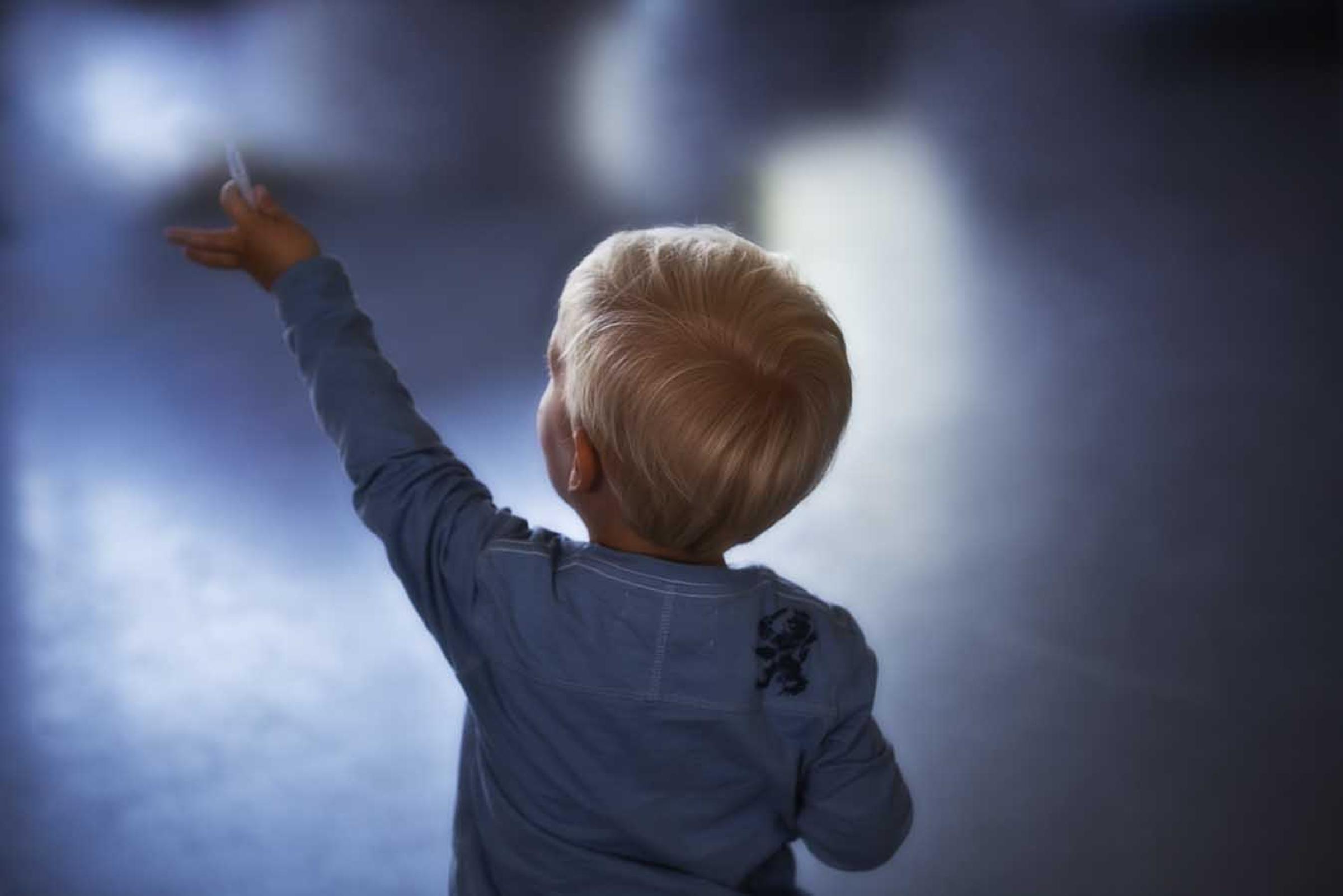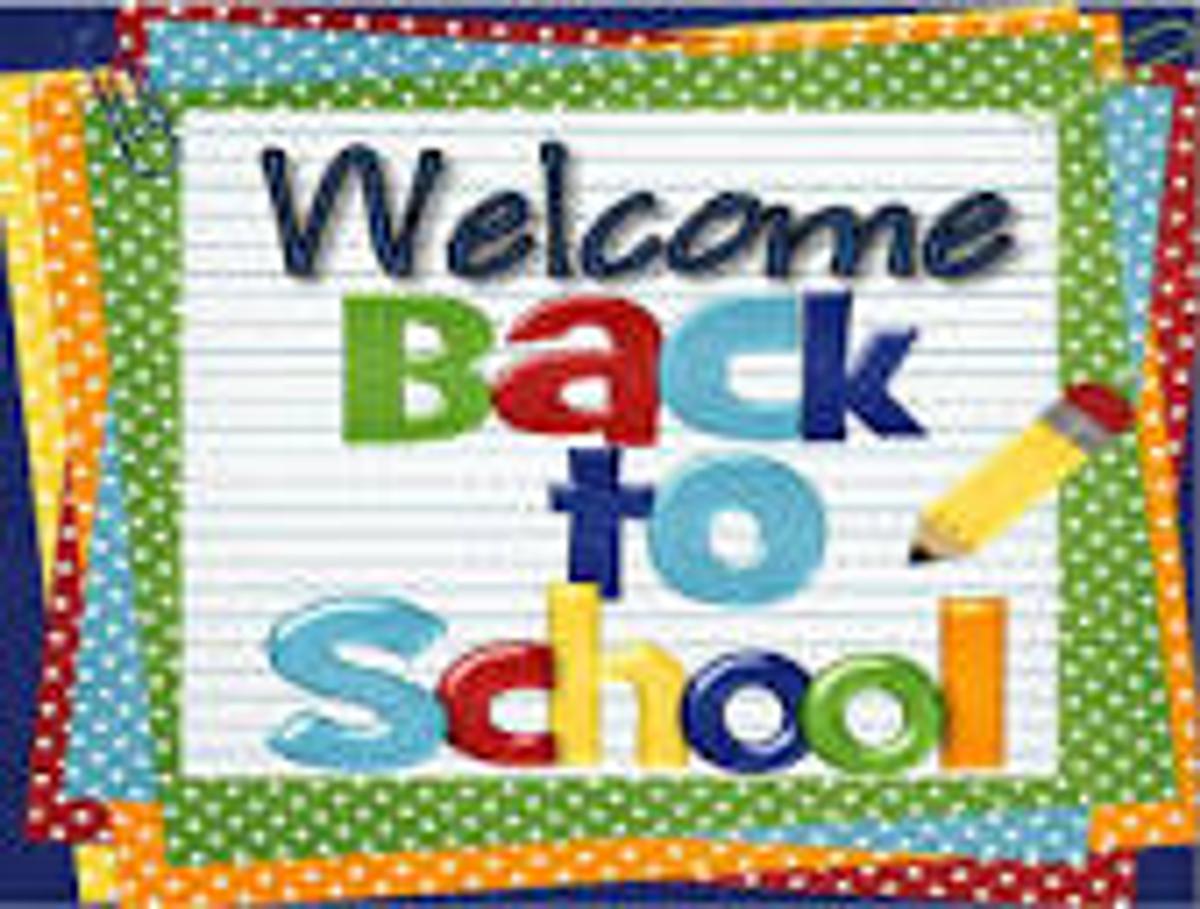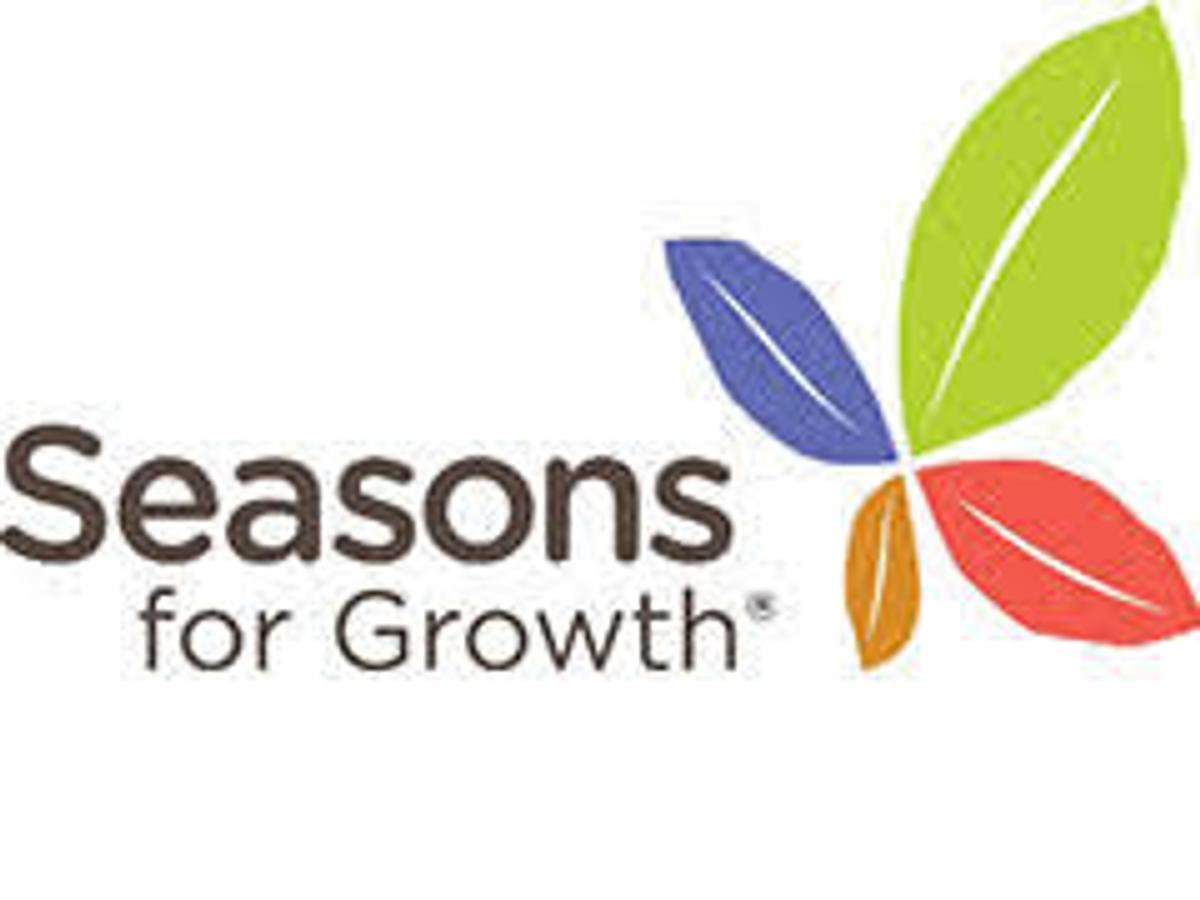Wellbeing

Transition back to school
It was so good to see lots of happy smiling faces back at school last week. However for some children, returning to school can be overwhelming. We have our Foundation students who are transitioning from an Early Learning setting to school and some new students in other year levels who are transitioning from one school to another. We also have some students who are not new but still can be challenged by transitioning from one learning space to another or getting used to new teachers and students.
For our foundation students, it is a huge milestone for children to start primary school and if we can build strong partnerships between families and the school, this will help with the transition to school.
The following fact sheet comes from the BeYou website. Be You is the national mental health in education initiative that equips educators with knowledge, tools and resources to support the mental health and wellbeing of children and young people from birth to 18 years.
Delivered by Beyond Blue, in collaboration with Early Childhood Australia and headspace, Be You empowers every learning community in Australia to be their most mentally healthy, positive and inclusive in ways that work for them, at a time that works for them, and all free of charge.
Be You’s vision is to build an education system in which every learning community is positive, inclusive and resilient – where every child, young person, staff member and family can achieve their best possible mental health.
“The importance of a successful transition A successful transition from early childhood learning settings to school is important for all children and has long-lasting benefits. Children who experience a positive transition into their new environment are likely to be happy at school and continue to improve their social and academic skills. For an introduction to transitions, see Transitions in learning communities. Understanding behavior Common feelings and concerns Starting school is a major milestone in a child’s life.
Common feelings children and young people have during transition can include:
• excitement
• sadness
• anger
• anticipation
• fear or anxiety.
Trusting and supportive relationships
Strong relationships between children, their families and educators help child wellbeing. Trusting and supportive relationships are the foundation of successful transitions. They provide children with a safe and secure base at home, in early learning settings and at school. When a child feels emotionally safe, they can learn and thrive at school – socially and academically. Strong family-school partnerships improve children’s transition experiences and support their future academic and social progress.
It is important for schools to build positive relationships with families before school starts and to extend these during and after the transition to school. As well, strong links between educators in early learning services and primary schools staff support positive transitions. Good communication between settings can facilitate continuity of care and education, for example, through the development of teaching strategies and curriculum based on the needs and strengths of individual children.
Good communication also allows information sharing about a child’s learning and social needs, which the school can respond to. Early learning services and schools share the responsibility As an educator you can act as the pivot point. While it is the collective responsibility of families, early years services, schools and communities to prepare the child for school, educators play a role in bringing all participants together to establish transition policies and practices that best meet the needs of each child.
There are various ways to help children adjust to school:
• Listen to and observe the children to understand their interests and concerns. This helps children develop a positive attitude to starting school. Activities such as drawing or painting, or facilitated discussions, allow children to express what they are excited or worried about.
Behaviours that indicate children are having difficulty adjusting to school may include complaints of feeling sick, increased worry about school and separating from parents, crying, reluctance to attend school, and sleep disturbance.
• Help children and families become familiar with the processes, rules and expectations of primary school environments.
• Give families tips and ideas for how they can support and develop their child’s social and emotional skills, coping and help-seeking strategies.
• Provide multiple opportunities for students and families to visit their new primary school to help build familiarity and belonging. These can be formal information evenings or orientation days or informal opportunities (such as after-school access to the playground or school clubs and sporting events)
.• Provide opportunities for children and family members to connect with each other before and after they start school to help build a sense of belonging to the school community.
• Develop ways for early childhood settings and primary educators to share information about children and their families. For example, build transition activities (such as home visits, visits to services and schools and family meetings) into roles.
• Build and strengthen community partnerships.
Support agencies, child, family and community services and education networks can all play an important role in supporting children and families’ transition to school. Teach children, young people and families the skills to support them in the transition period, such as: − how to recognise, express and talk about their feelings − problem-solving skills − helpful thinking strategies. For example, “I can do this” or “I can be brave”. − seeking help when needed. Primary schools need to be prepared for children in all their diversity, that is inclusive of children and families at all levels of ‘school readiness’.
Rather than school readiness being seen as an inherent quality of the child, it is better to view readiness as a reflection of the influences of the family, early learning settings, communities and schools. The significance of equity and diversity A child’s learning and development is shaped by their personal identity and their family and cultural history. Transition programs that support diversity ensure a positive beginning to school for all children and their families. Recognising diversity, facilitating supportive relationships and promoting identity are core methods to support the transition to school. Children and families living in diverse circumstances Children and families living in diverse circumstances may need extra support with the transition to primary school. Special efforts to reach families may be required for some children. Planning for school transitions and inclusive practices are key to ensuring that all children and families – including those who require targeted and differentiated help – have a successful transition to school.”
If your child is experiencing difficulties in coming to school in the morning or complains of now wanting to come to school, please speak to your child’s home group teacher. I am available to talk if you would like some further support. There is also a webinar link you may like to watch that was made for educators on transitioning from an early learning setting to school. https://youtu.be/0J8SqGJAnaA
Positive Behaviours for Learning (PBL)
Last year SFS became a PBL school. A big focus of our school that came from our Review was to focus on student behaviour. PBL is a whole school approach where we explicitly teach the students social skills that we have identified from collecting data about the student’s behaviour. Last year we developed our school expectations that staff, students and families voted on.
At SFS, our school expectations are:
Respect
Responsibility and
Kindness
From those expectations, we then created a matrix of expected behaviours that helps the children to understand what the expectation looks like in all the areas in our school.
This week we have continue to focus on the expectation of RESPONISBILITY in the learning space and listen and follow instructions. You might like to think about what your family expectations of behaviour are at home and how you show respect, responsibility and kindness at home or in the different parts of your home such as bedroom, bathroom, shared living spaces, outside etc.
Seasons for Growth
Seasons for Growth is a program which focuses on strengthening the social and emotional wellbeing of children, young people and adults following significant change and loss in their lives. If your child has had an experience of change or loss such as death of a loved one or pet, divorce or separation of parents, birth of a new sibling, moving house or some other change which has impacted on them, then this program may help them. The program is for children in Year 1 to 6 and runs once a week for 8 weeks in a small group. Each session runs for about 40 minutes and we finish with a celebration. I am a trained Seasons for Growth Companion, trained through McKillop Family Services. I would like to run some groups this year. If you think your child would benefit or you would like some more information, please contact me rlenko@sfslynbrook.catholic.edu.au
If you have any concerns about the wellbeing of your child, please do not hesitate to contact me.
Rachel Lenko
Student wellbeing Leader
rlenko@sfslynbrook.catholic.edu.au





